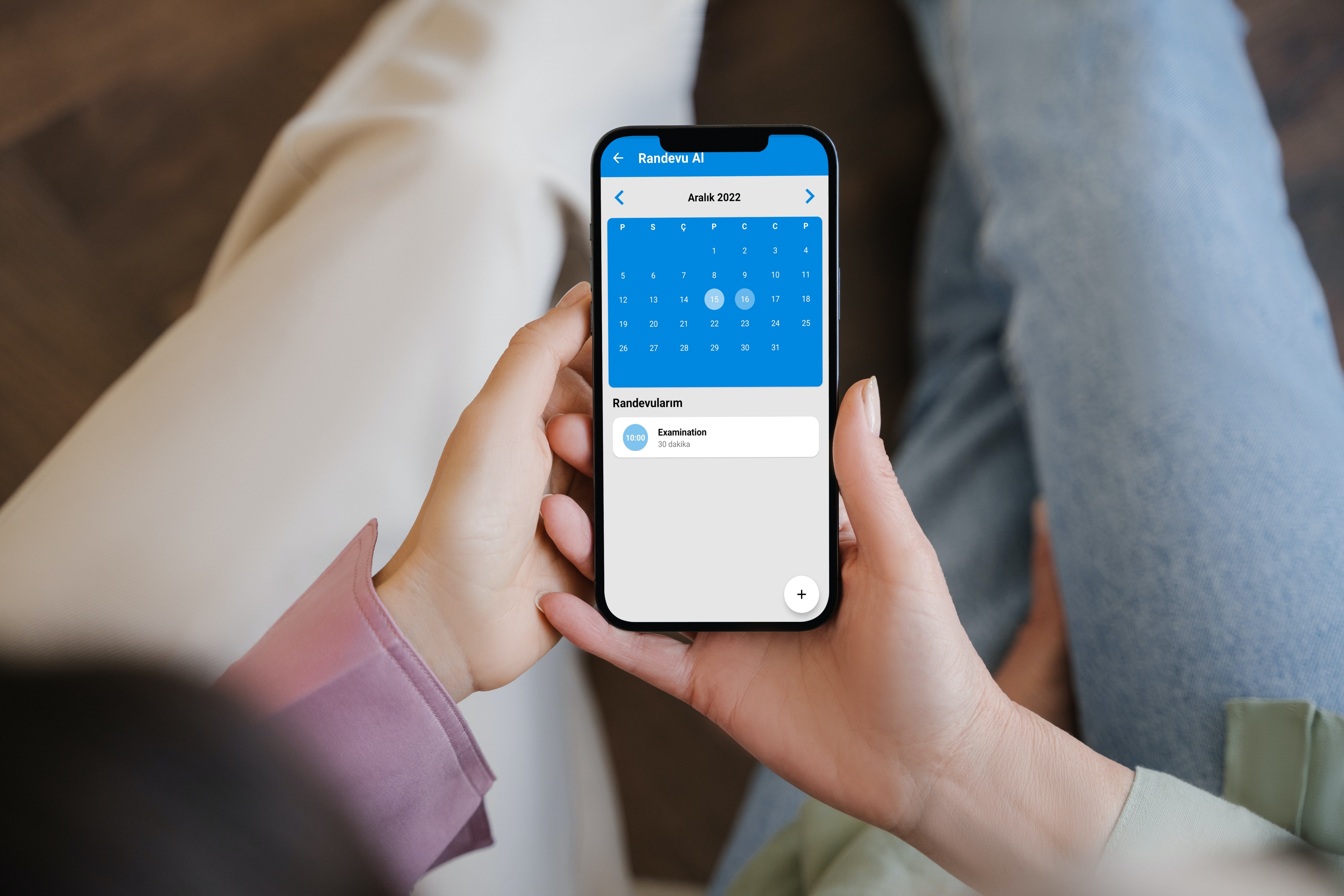As a busy professional, it can be a challenge to stay organized and manage your time effectively. With so many demands on your schedule, it’s easy to feel overwhelmed and behind. However, by adopting some simple time management strategies, you can increase your productivity and get more done in less time.

Set clear goals and priorities.
Before you start your day, take a few minutes to define your goals and priorities. What tasks do you need to accomplish today? Which ones are most important? By identifying your most important tasks and focusing on them first, you can ensure that you are making progress on the things that matter most.
One way to set clear goals and priorities is to use the SMART criteria. This means that your goals should be Specific, Measurable, Attainable, Relevant, and Time-bound. For example, instead of saying “I want to be more organized,” you could say “I will spend 30 minutes every morning creating a to-do list of my top 3 priorities for the day.” This goal is specific, measurable, attainable, relevant (to your goal of being more organized), and time-bound (you will do it every morning).
Create a daily schedule.
A daily schedule can help you stay organized and on track. Block off time for your most important tasks and make sure to leave some flexibility in your schedule for unexpected tasks or interruptions. Use a calendar or scheduling app to keep track of your appointments and deadlines. If you are a business owner and you need a solution for appointment scheduling, you can use Mobiroller to create an app and save time.
If you struggle with creating a daily schedule, you may find it helpful to use the Pomodoro Technique. This involves working in 25-minute intervals (called “Pomodoro”) followed by short breaks. This can help you stay focused and avoid burnout.
Use the 80/20 rule.
The 80/20 rule, also known as the Pareto principle, states that 80% of your results come from 20% of your efforts. This means that a small number of your tasks are likely to have a disproportionate impact on your results. Focus on these high-impact tasks first and you’ll be more productive.
To identify your high-impact tasks, try creating a list of all the tasks you need to complete. Then, rank them in order of importance. You may find it helpful to use the Eisenhower Matrix, which categorizes tasks as urgent and important, important but not urgent, urgent but not important, and neither urgent nor important. Focus on the tasks that are both urgent and important first, then move on to the important but not urgent tasks.
Break tasks into smaller chunks.
Large tasks can be overwhelming and may seem impossible to complete. To make progress, break them down into smaller, more manageable chunks. This will make it easier to stay focused and make progress on your tasks.
One way to break tasks into smaller chunks is to use the “5 Whys” method. This involves asking yourself why you need to complete a task and then breaking it down into smaller sub-tasks based on the answers. For example, if your goal is to “complete a marketing plan,” you could ask yourself why you need to complete a marketing plan. The answer might be “to increase brand awareness.” Then you could ask why you need to increase brand awareness and so on until you have a clear list of specific sub-tasks that you can work on.
Avoid distractions and time wasters.
Distractions and time wasters can quickly derail your productivity. To stay focused, try to eliminate unnecessary distractions and minimize the time you spend on low-value activities. This could include things like checking social media or email too frequently, engaging in long conversations with coworkers, or getting caught up in unimportant details.
To avoid distractions and time wasters, try setting boundaries for yourself. For example, you could designate specific times of day for checking email or social media or set limits on the amount of time you spend on these activities. You could also try using tools like website blockers or productivity apps to help you stay focused.
Another way to avoid distractions is to create a distraction-free work environment. This could involve finding a quiet place to work, closing unnecessary tabs on your computer, or turning off notifications on your phone. By eliminating distractions, you can stay focused and get more done in less time.
In addition to managing your time, it’s also important to manage your energy, focus, and motivation. By adopting a holistic approach to productivity, you can achieve your goals and achieve the success you desire. Some strategies for managing your energy, focus, and motivation include:
Getting enough sleep: Adequate sleep is essential for maintaining your energy and focus. Aim for 7-9 hours of sleep per night to keep your energy levels up throughout the day.
Eating well: A healthy diet can help you stay energized and focused. Eat a balanced diet that includes plenty of fruits, vegetables, and whole grains, and avoid sugary or caffeinated beverages that can cause energy crashes.
Exercise regularly: Exercise can help you stay energized, improve your focus, and reduce stress. Aim for at least 30 minutes of moderate-intensity exercise, like brisk walking or cycling, every day.
Take breaks: Taking regular breaks can help you recharge and stay focused. Step away from your work for a few minutes every hour to stretch, walk around, or do something else that helps you relax.
By following these time management and productivity tips, you can increase your productivity and get more done in less time. With a little bit of planning and discipline, you can manage your time effectively and achieve your goals.




